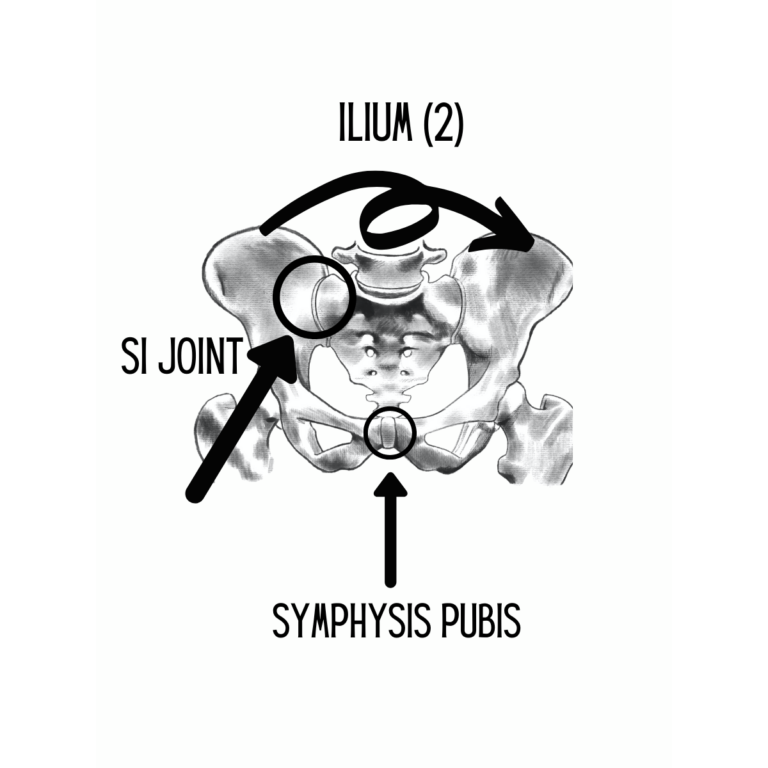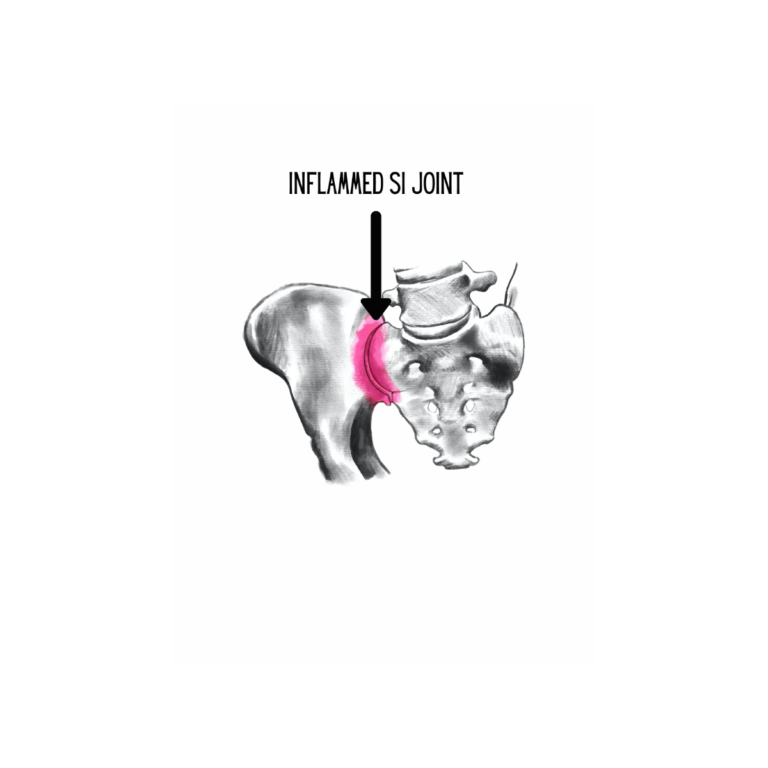What Is SI Dysfunction?
If you are suffering from pain in your lower back, especially if it is the dimple area, groin, hip, and even pain into your buttocks, there is a good chance this may be SI Dysfunction. (Dysfunction of the SI, sacro-iliac joint). The medical world names most things by where they are connected. SI is the acronym for S, sacro (sacrum) and I, (iliac.the bone most people call their pelvis).
The sacroiliac joint is where the sacrum, the triangular shaped bone just above your coccyx, meets the hip bones called your ilium. This pain can be found on either side OR, less commonly both sides of the sacrum.
When deciding where the root cause of pain and dysfunction is, you must look at the whole picture. When did the pain start? Was there an incident? If there wasn’t a specific incident that you remember, what habits are part of your lifestyle that may be feeding into this dysfunction, and are you even aware of them? Have those habits started to change the actual anatomy of your body? This is only the beginning of the thought process.
This list of questions may help you diagnose the sacroiliac joint as your source of pain:
- How long ago did you start to notice the pain?
- Was there any trauma?
- Did you slip and fall?
- Were you in a car accident?
- Did you lift and twist something and not felt the same since?
- Have you ever had back surgery? Specifically, a lumbar fusion?
- Have you been pregnant? Multiple pregnancies?
A “yes” to any of these questions would lead me as a clinician to start to look at your SI joint, as well as your low back and/or hip.
The answers to these questions would lead me as a clinician to either delve further into assessing the SI joint or look at other sources of pain. Hopefully, you can see how difficult it is to differentiate this dysfunction from the many other sources of pain.
Diagnosing Si Dysfunction
Please continue to seek out answers to your problems. You may have severe sacroiliac dysfunction that can be treated conservatively if you find the right individual to help you, or you may need more invasive treatment, such as injections or possibly surgery. I urge you to please, please, please, try every single conservative measure you can before letting someone put a knife to your body.
Sometimes, surgery is the only alternative, but often, you may have simply received a misdiagnosis, or you haven’t met the right clinician for your specific problem, or it could be that you haven’t been consistent with your treatment. I am not here to judge, because as a sufferer of SI dysfunction myself. I know how debilitating it can be.
What has worked for me may not work for you. However, you cannot reverse surgery. It may be a last resort, but please, make it the last thing you do.
Darlene Wooldridge is a Physical Therapist, who has worked with back pain patients for over 30 years. Her greatest insight came when she herself fell victim to SI dysfunction. This book describes her personal journey and some tips and tricks that you will NOT find in medical books.
Her knowledge of physical therapy treatments have helped thousands of people across the US. To find out how Back To Health PT can help you to improve your posture. Call +(1) 954-565-0075 or send us a message via our contact form and one of our team members will contact you shortly.
This video explains a key point indicating SI dysfunction vs low back pain or sciatica. The symptoms are so similar and many times doctors overlook the SI joint because of the lack of motion.



